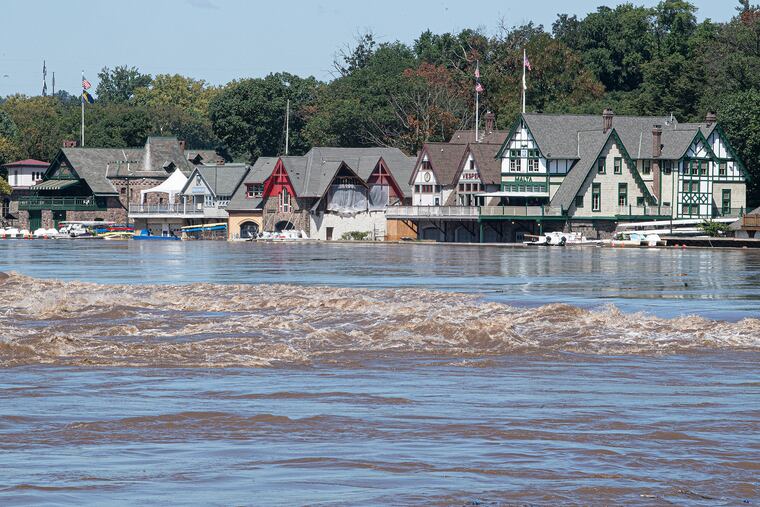With Fiona, Gaston, Hermine, Ian all swirling at once, here’s why they name tropical storms
The most destructive storms, such as Ida, have their names retired. Will Ian be next?

With Fiona, Gaston, Hermine, and Ian all swirling simultaneously on Saturday, the Atlantic Basin might have been mistaken for a bowl of alphabet soup.
The unusual outbreak of tropical cyclones — all the more jarring given the relative quiet of the 2022 Atlantic hurricane season — spoke to why those things have names.
As the National Hurricane Center and the World Meteorological Organization explain, affixing names makes things simpler for keeping track, beating the hay out of using something clunkier, such as, say, longitude-latitude coordinates.
» READ MORE: Not long ago, we were wondering where the storms were
Names are especially valuable when multiple storms are churning — like now, for instance — in the basin, which includes the Gulf of Mexico and the Caribbean Sea.
Naming is hundreds of years old. Back in the day, in the West Indies hurricanes were named for saints’ days on which they coincided.
But the system as we know it didn’t begin until 1953, when the United States started using female names. That practice ended in 1978, and male and female names were used starting with the 1979 season.
The names aren’t chosen arbitrarily. The list is maintained and approved by a WMO international committee.
Six lists of names are used in an annual rotation system. Particularly deadly and destructive storms, the likes of Katrina, Sandy, and Ida, are retired and replaced.
» READ MORE: Maybe those pre-season predictions will prove to be right
Ian, which is threatening to become a “major” hurricane, has a chance to become the second consecutive “I” retiree.
Let’s hope not.
Among the retired names that belonged to storms that affected the Philly region, were:
Hazel, October 1954: A gust of 94 mph, and a sustained wind of 73 mph was recorded in Philly.
Donna, September 1960: The 4.60 inches of rain from Donna set a daily record, and sustained winds reached 49 mph.
Agnes, June 1972: Blamed for 117 deaths from North Carolina to New York, Agnes’ rains floated caskets out of their graves in upstate Pennsylvania.
Floyd, September 1999: More than a foot of rain descended upon northern Delaware and caused widespread flooding throughout the region. It did end a horrific drought.
Irene, August 2011: The Delaware River at Trenton rose about 22 feet, the last time it crested above flood stage.
Sandy, October 2012: A living hell for Long Beach Island, and still the reigning champ for power outages in the Philadelphia region. In all, it was blamed for 72 deaths.